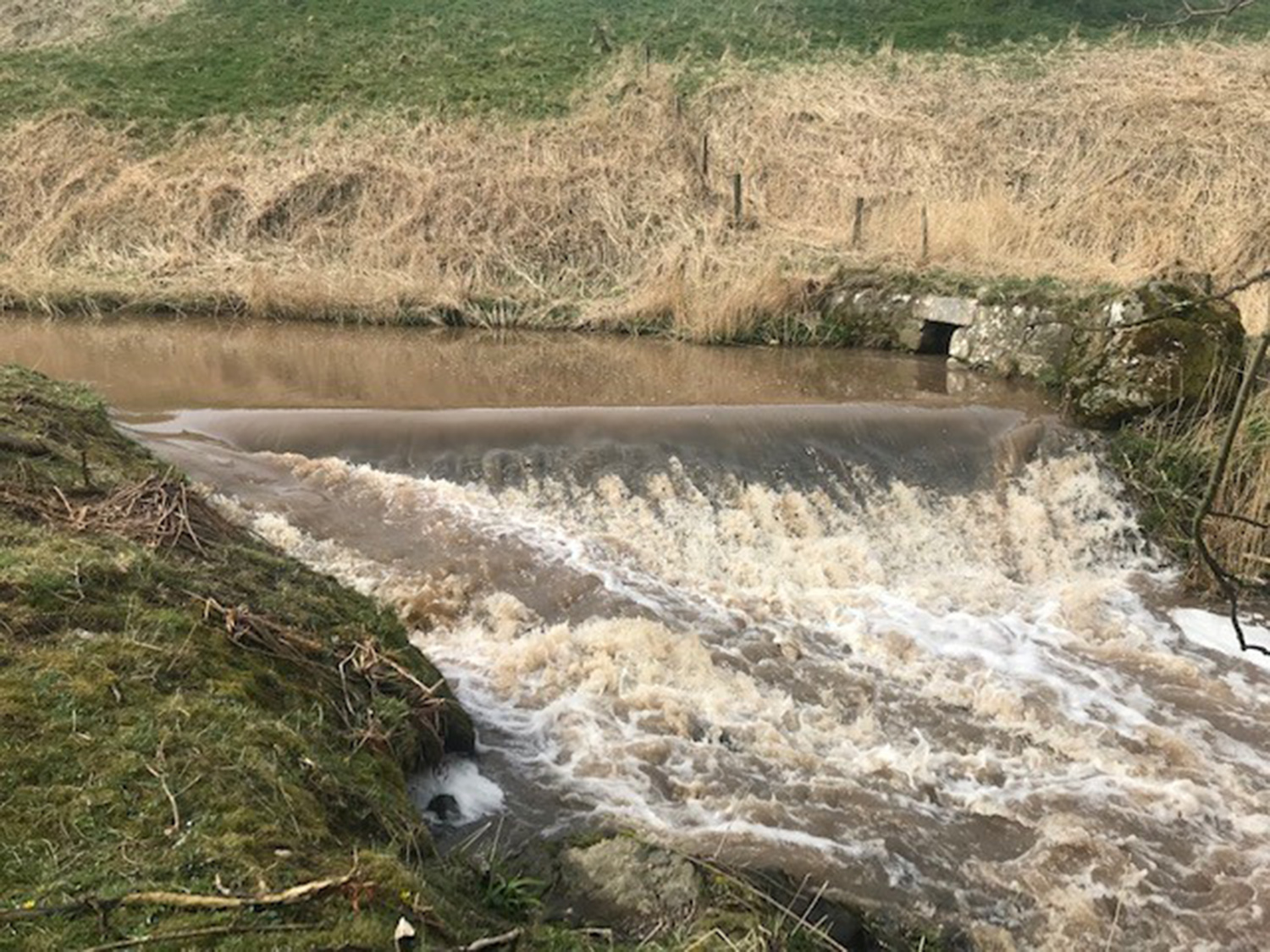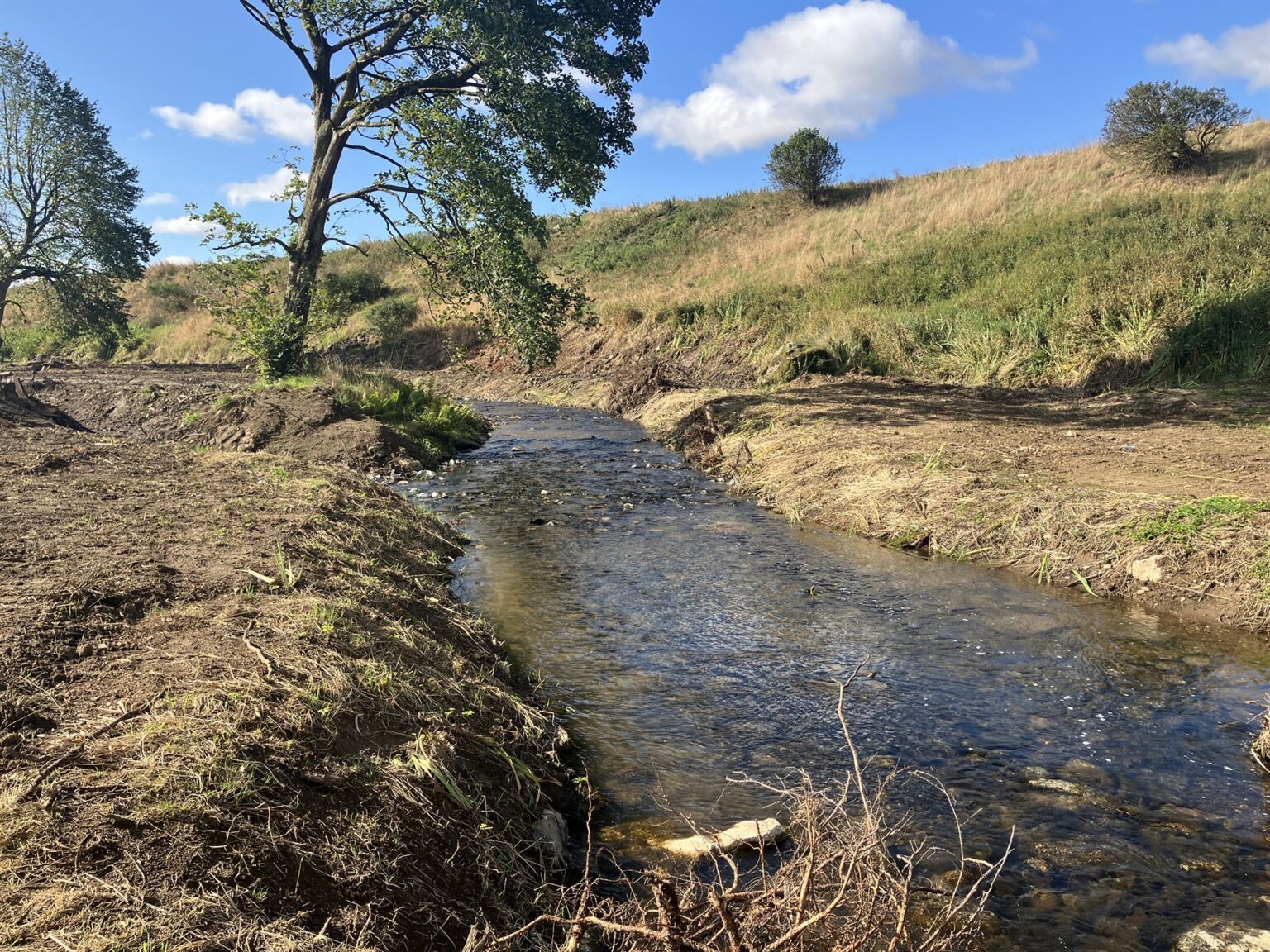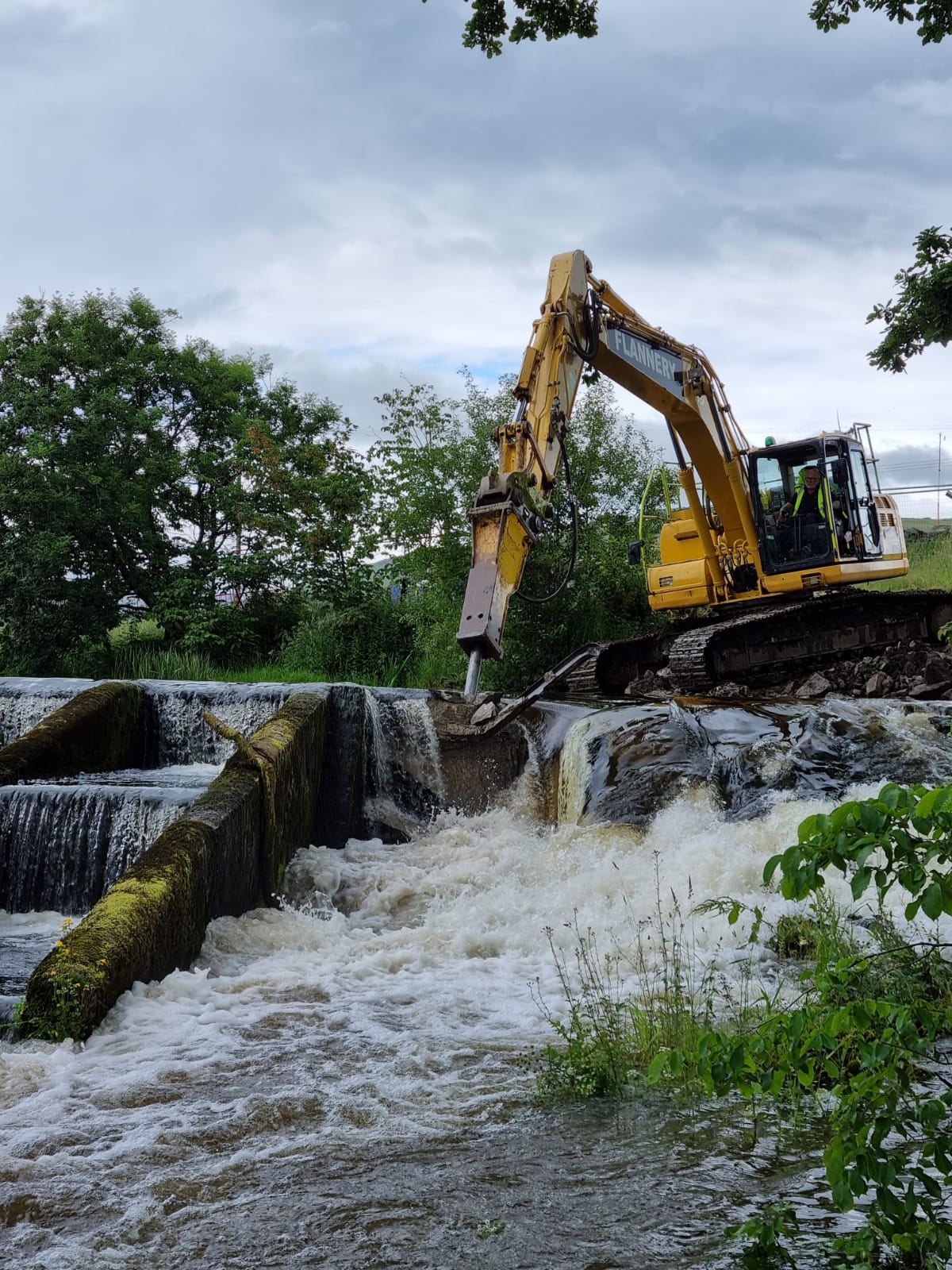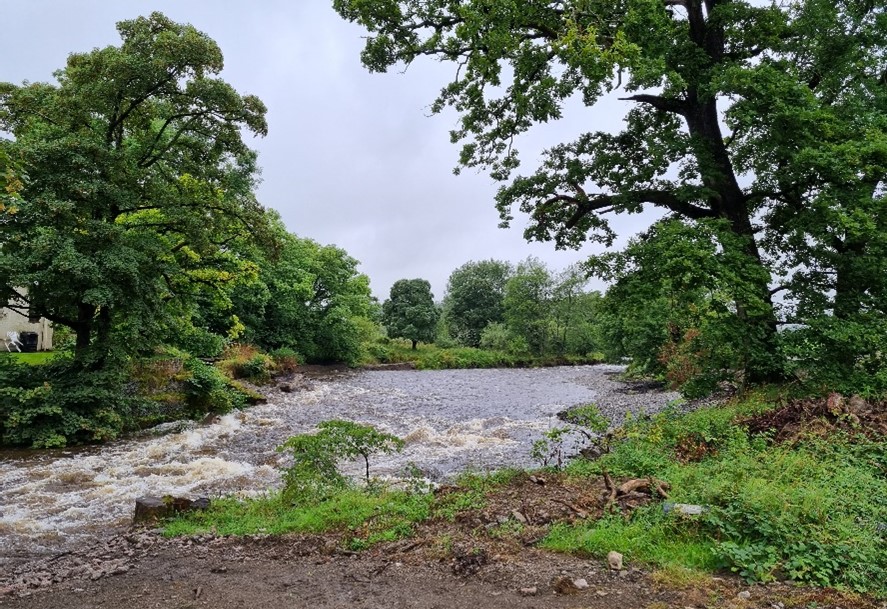As the flowing arteries which carve the landscapes of Britain, rivers nurture our environment and once led the transport of essential resources for a society increasingly hurrying towards development.
Through the centuries many rivers underwent transformative human-led changes particularly owing to the 19th Century industrial spirit of the Victorian Era. Widespread damming and channelisation – the latter being the straightening and deepening of routes for vessel navigability – have yielded advantages in efficiency. However, a growing modern consensus underscores an urgency to restore rivers to their natural states.
In the modern anxious era of climate change and fears for ecosystem resilience, natural river system restoration comes to the fore. Numerous freshwater species such as sturgeon or various amphibians, are finely attuned to British river conditions; free flow, adequate temperature, nutrient and food availability, and sediment transport. Human-led interventions have deeply disrupted ancient biodiversity ties.
To once again allow rivers to flow freely would facilitate the proliferation of many endangered species. In particular, migratory fish dependent on river connectivity to navigate to natural spawning grounds.
Natural sediment transport has been greatly hampered by human intervention upsetting the pivotal processes of erosion and sedimentation. This has left habitats degraded and disrupted the sustained fertility of agricultural land and the state of topsoil as it is more easily carried away.
Traditional flood control structures such as levees and embankments, while intended to manage floods, can lead to unintended consequences, including heightened flood risks downstream and the loss of valuable floodplain habitats. River system restoration would replenish soil nutrients, maintain biodiversity, and mitigate downstream flood impacts. Natural floodplains act as absorbent sponges, managing excess water during floods before gradually releasing it, thus reducing the severity of downstream flooding events. This approach overlaps with and would be bolstered by the behaviours of Britain’s small but growing populations of beavers acting as ecosystem engineers. Beavers of course dam river systems which spread nutrients, protect soils against drought and benefit a vast plethora of wildlife.
Natural river systems possess a remarkable capacity to filter and purify water. Unhindered river flow allows for the natural processing of pollutants, nutrients and the aforementioned sediments contributing to improved water quality. River system restoration enhances the self-purifying capabilities of water bodies, lessening the reliance on costly and energy-intensive water treatment processes.
Restoring rivers to their natural states holds significant cultural and recreational benefits. Not just in Britain but communities worldwide share deep cultural ties to rivers, often playing central roles in identity, stories and ties to history. Returning our rivers to their natural characteristics is a chance to preserve and celebrate these poetic cultural connections. Naturally, rivers provide enriched recreational opportunities, encompassing activities like birdwatching as birds would take advantage of the wider food availability and healthier habitats.
It’s time to foster a profound appreciation for natural rivers. While artificial management practices have addressed diverse and important human needs, they have often exacted a substantial toll on the natural environment and the services rivers provide. Prioritising river restoration safeguards biodiversity, enhances water quality, and mitigates flood impacts, intertwining with cultural heritage and creating recreational spaces. Embracing the natural flow of rivers is not just an ecological necessity; it signifies a commitment to a more sustainable and resilient future for both nature and humanity.

Bronie Burn Weir, Aberdeenshire, Scotland (photo by SEPA) Dam Removal Europe.

Site after the removal of Bronie Burn Weir in August 2022 (photo by SEPA) Dam Removal Europe.

Removal of the first 3-meter notch of the Bowston Weir (photo by South Cumbria Rivers Trust) Dam Removal Europe.

Removal site after the completion of Bowston Weir demolition (photo by South Cumbria Rivers Trust) Dam Removal Europe.
